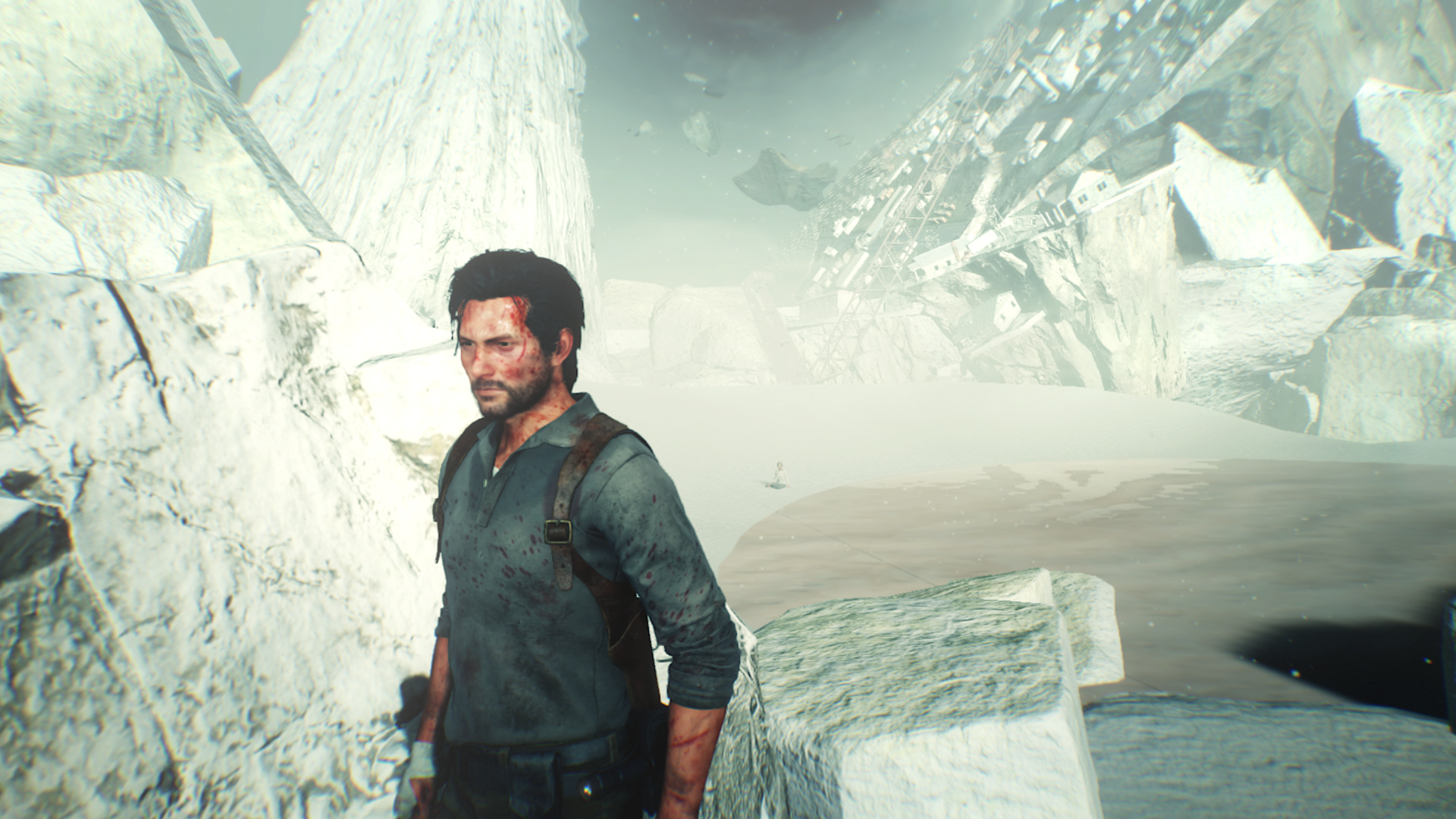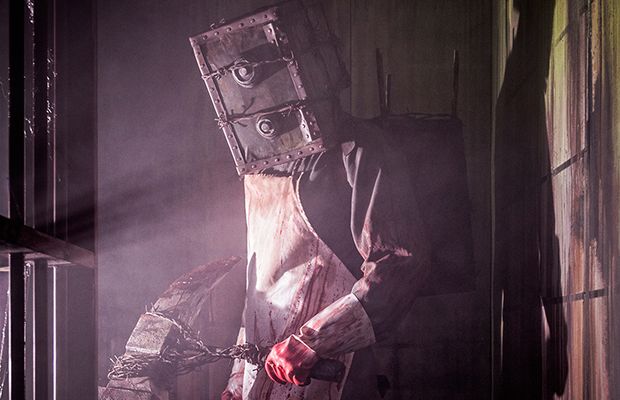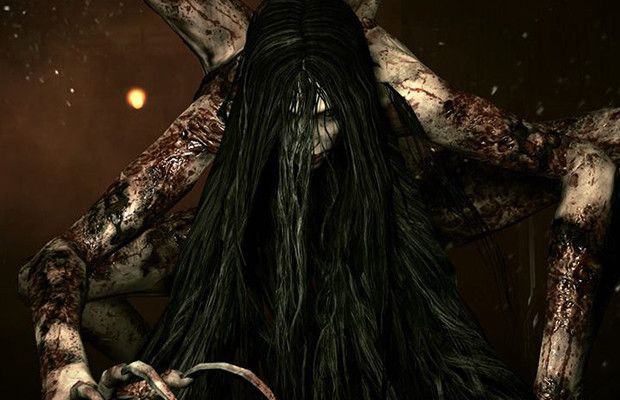Evil Within 2: In search of sanity
A proper resolution of the story.

I finished Evil Within 2 last weekend and can't help but think back to 2014, I followed the announcement of first game on bloodydisgusting.com, headed by the director Shinji Makami, a name I did not know at the time. Bloody Disgusting was a one stop destination for all things horror and gore in entertainment and here they had covered this game extensively. Over the next few months, I learnt of the character and enemy designs from Evil Within and was quite impressed and curious about the game. At the time, it looked like a straightforward survival horror game.
I was excited for the game, but was only able to play it a few years later. Surprisingly, the game was intense with an amazing story and characters and had way more psychological elements to the horror.
Sebastian Castellanos, his partner Joseph Oda, and Junior Detective Juli Kidman are called to investigate the scene of a mass murder at Beacon Mental Hospital in Krimson City. The three are pulled into an unreal world, which we later find out is the result of the STEM powered by the mind of the Ruvik. Over the course of the game, we battle with Sebastian's inner demons as well as monsters from the game, psyches of other patients, who were trapped in the world as well. The use of a reality shaped by the mind as an alternate to our own was quite interesting. The game shows of many physics defying elements that are made possible by the freedom of imagination.
The existence of this alternate reality, made me question how the events play out in the game as it looks that major parts happened in the STEM and yet there are certain events that seem so real, like the part where you escape from the hospital. Ruvik looked to create the STEM to reunite with his dead sister, Laura through his memories. We learn of his tragic past as we traverse through the story and the fact that he was killed by Mobius. We also learn that he plans to use Lucas, another patient trapped in that world and with the power to resist Ruvik, to get back to the real world. Beyond the survival aspect of the horror, the psychological aspect of events in the game add another layer. This is very reminiscent of Inception and raises a question time and again: What is real? If what we can see, feel, touch and experience is reality, then what if these senses are emulated?



You may wonder why I am talking so much about the first game when this article is about Evil Within 2. It is because I never got a chance to discuss the game before. Also I love how interwoven the narrative of the second game is to the first game. I love the fact that one of the final boss battles involve fighting the monsters from the first game, a nod to it as well as a look into the psyche of Sebastian and his fears.
When we meet Sebastian in the second game, he is drunk and a broken man, aged beyond his years. It has been three years since the first game and while Sebastian is coping with his reality, Kidman reaches out to him and tells him that his daughter is alive and stuck in another STEM simulation.
The Evil Within 2 serves as a better sequel than Last of Us 2 as we see Sebastian's character evolve through the course of the story. I had made sure to get all the photo slides for the projector in Sebastian's office and through it, I was able to get a better understanding of Sebastian's psyche. Here is a man who had been through hell and back and he had let his fears control him. The figurative killing of the Sebastian trapped in Beacon Hospital served as a proper resolution of his personal arc. I understand this was an optional quest in the game, but to me, it served as part of the main story. Sebastian made peace with his inner demons and now he could be with his daughter.
Conclusion
Evil Within 2 is a brilliant game and I am glad I got to experience Sebastian's journey. When I finished played Evil Within, it reminded a lot of Last of Us in the gameplay. The stealth and the zombies were very reminiscent of that game. However, I found that this was not the case in Evil Within 2. The semi-open world setting allows you to approach objectives in any route you want and ignore encounters altogether. It made for an interesting approach through certain areas. Overall, I enjoyed every minute through the game. In this time of huge open world games with a load of side quests, it is good to experience a focused single player narrative driven story.